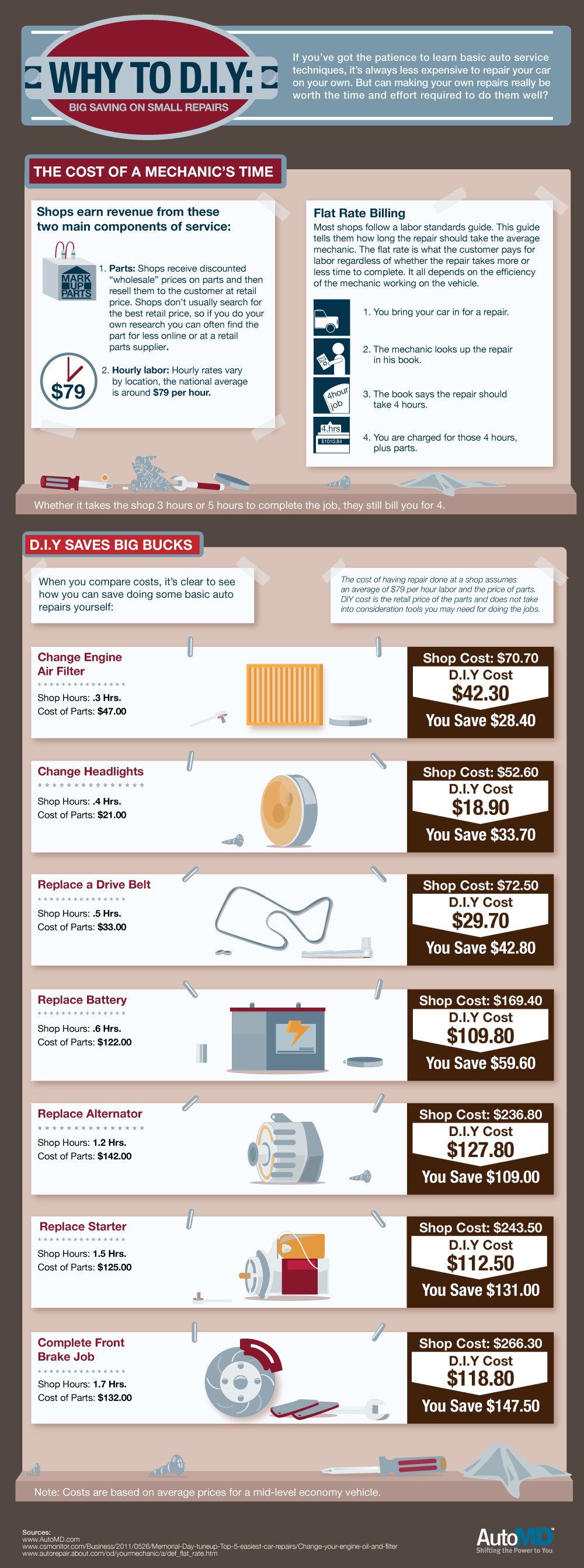Checking Out Brake Equipments: Typical Issues And Practical Solutions For Repair
Checking Out Brake Equipments: Typical Issues And Practical Solutions For Repair
Blog Article
Composed By-Overby White
When it comes to your vehicle's brake system, understanding common issues can save you from potential safety and security hazards. From identifying check it out to addressing brake liquid leaks, recognizing how to take on these issues is crucial. However what concerning those spongy brake pedals? There's a fix for that too. Remain tuned to find out more regarding these issues and the practical remedies that can maintain you securely when driving.
Brake Pad Wear and Replacement
When it concerns preserving your car's brake system, one crucial aspect to watch on is the wear and replacement of brake pads. Brake pads are necessary components that press against the brake rotors to decrease or quit your vehicle. In time, these pads wear down as a result of friction, requiring normal evaluation and substitute to ensure your brakes operate effectively.
To figure out if your brake pads require substitute, pay attention for screeching or grinding noises when you apply the brakes. In addition, if your automobile takes longer to stop or you see resonances or pulsations when braking, it may be time to change the brake pads.
Neglecting worn brake pads can bring about lowered braking efficiency, damage to other brake elements, and even brake failing.
Replacing brake pads is a relatively uncomplicated procedure for several lorries. Nevertheless, if you're not sure or uneasy doing this task, it's ideal to seek advice from a professional technician to ensure proper installment and optimal brake efficiency.
Regularly examining and changing brake pads is important for your safety and security and the durability of your vehicle's stopping system.
Brake Fluid Leaks and Maintenance
To ensure your vehicle's brake system operates efficiently, it is essential to additionally pay attention to brake fluid leaks and maintenance. Brake liquid is critical for sending the force from your foot on the brake pedal to the actual stopping system. One common issue with brake liquid is leakages, which can occur as a result of shabby brake lines, seals, or links. If you observe a puddle or leaks under your cars and truck, it's necessary to resolve the leak immediately to avoid a potential brake failing.
Routinely examining your brake fluid degree is vital to maintaining your brake system. Reduced brake liquid can result in air entering the brake lines, which compromises braking performance.
In addition, old or infected brake fluid can influence the general efficiency of your brakes. It's recommended to adhere to the producer's guidelines on when to transform the brake liquid, typically every 2 years.
Spongy Brake Pedal: Bleeding Brakes
If you've ever experienced a mushy brake pedal while driving, you recognize the value of maintaining a company and receptive braking system. One typical source of a mushy brake pedal is air trapped in the brake lines. When https://oil-change-places51628.vblogetin.com/35848814/prepare-yourself-for-much-safer-wintertime-driving-by-complying-with-vital-actions-to-prepare-your-car-for-wintertime-problems gets in the brake system, it can cause a loss of hydraulic pressure, leading to that upsetting spongy feeling when you press the brake pedal.
To resolve this problem, bleeding the brakes is required. Bleeding the brakes includes eliminating the air from the brake lines to bring back correct hydraulic pressure.
To hemorrhage the brakes, you'll require a helper to assist you. Start by finding the brake bleeder valve on each wheel, normally discovered near the brake caliper. With a wrench, loosen up the shutoff and have your helper press the brake pedal while you observe any type of air bubbles coming out. Repeat https://ecutuningshopsnearme30617.eedblog.com/30342523/techniques-for-your-automobile-service-center-to-advertise-environmental-sustainability-and-reduce-effect for every wheel, starting from the wheel farthest from the master cylinder and relocating closer.
When you no longer see air bubbles and only clear fluid emerges, tighten the shutoff and top up the brake fluid tank as needed. Bleeding the brakes aids make sure a firm brake pedal and boosts general stopping efficiency.
Conclusion
Since you understand common brake problems and exactly how to fix them, you can guarantee your car's safety and efficiency. Keep in mind to listen for warning signs like shrieking sounds or squishy brake pedals, and address them immediately. Routine maintenance and timely replacements are essential to keeping your brakes in leading condition. Keep proactive and attentive to your brake system to enjoy risk-free and trustworthy driving experiences.
